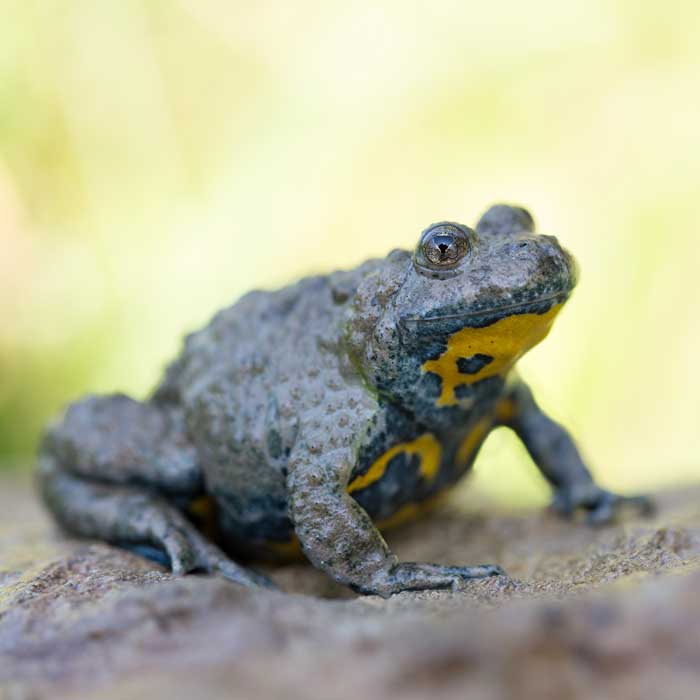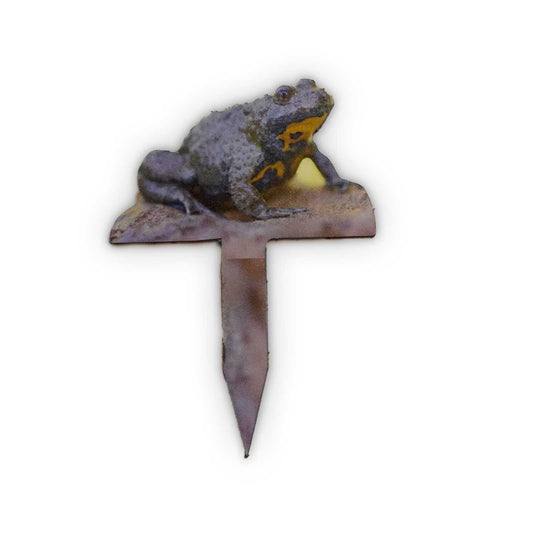
Yellow-bellied Toad
The yellow-bellied toad, a characteristic inhabitant of wet habitats in Europe, is an important indicator of the ecological health of wetlands. This fact sheet provides a detailed overview of the biology and ecology of the yellow-bellied toad and highlights the importance of protecting its habitats and conserving threatened populations.
Yellow-bellied Toad Products
-
Animal display yellow-bellied toad
Regular price 5,90€Regular priceUnit price / per -
Animal display yellow-bellied toad spit
No reviewsRegular price 6,90€Regular priceUnit price / per -
Pop-Up Wall "Forest Habitat"
No reviewsRegular price 300,00€Regular priceUnit price / per -
Pop-Up Wall "Forest Habitat"
No reviewsRegular price From 1.200,00€Regular priceUnit price / per
Profile: Yellow-bellied Toad
-
Scientific classification
- Class: Amphibia (amphibians)
- Order: Anura (Anuran)
- Family: Bombinatoridae (toads and fire salamanders)
- Genus: Bombina
- Species: B. variegata (Yellow-bellied Toad)
-
Physical characteristics
- Size: Average body length of 4-6 cm
- Special features: Compact body with warty skin, striking yellow to orange belly coloration, dark spots on the back.
-
Habitat and distribution
- Common regions: Europe, especially in Central and Southern Europe
- Habitat: Wet, open landscapes such as wet meadows, moors, marshes, ponds and slow-flowing waters.
-
Nutrition
- Diet: Carnivore
- Typical food: insects, spiders, worms and other small invertebrates.
-
Reproduction and lifestyle
- Spawning season: spring to summer
- Spawning site: Still waters such as ponds, pools or slow-flowing streams
- Oviposition: Females lay eggs in clumps that stick underwater.
- Development: Complete metamorphosis from tadpoles to land dwellers.
- Social structure: Mostly solitary, except during mating season.
-
Lifespan and protection status
- Life expectancy: Up to 10 years in the wild
- Endangered status: Threatened by habitat loss, pollution and disease.
- Conservation measures: protection and conservation of wetlands, restoration of water bodies, monitoring and protection of endangered populations.



